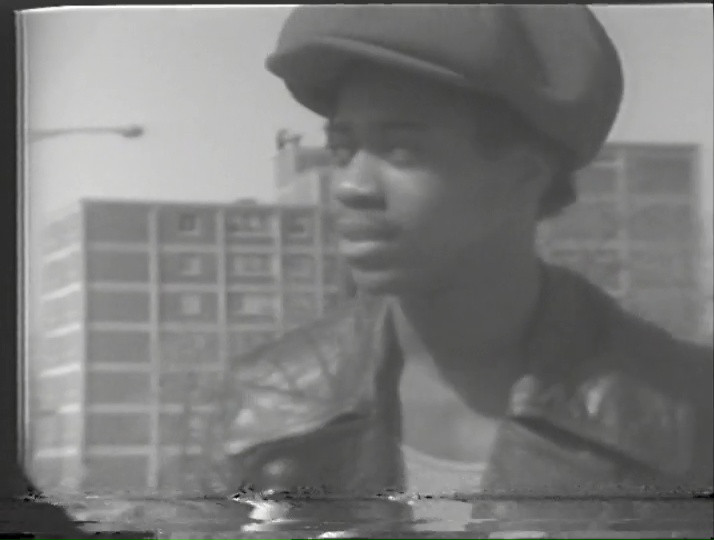A look at the student documentary that provides a touching, honest portrait of life in Chicago's Cabrini Green.

In honor of Black History Month, we’re taking a look at an exciting new collection of videos produced by and for the Black community in Chicago.
In 1974, Denise Zaccardi founded the Community TV Network, and she and her collaborators have spent the last 50 years putting cameras in the hands of young people, teaching them not just how to use them but how to tell stories about their own lives and their own communities. Through CTVN, high schoolers from Chicago’s south and west sides took their cameras throughout Chicago, talking with people on the street and in their homes, documenting protests and parties, communal actions and neighborhood celebrations. Within their archive, there are astonishingly vivid, revealing portraits of the city – especially its Black and Latinx communities – and they’re unlike anything else we’ve ever seen. For this Black History month, we’d like to highlight the work of CTVN and a lovely documentary made by teens, Cabrini Dreams.
In CTVN’s collection, we see candid, casual conversations with residents of the Robert Taylor Homes and adorable home movies. There are interviews with students and with senior citizens, with former gang members and teachers and social workers. We also see kids staging elaborately choreographed dance performances to the Grease soundtrack and the detailed exploration of William Walker’s mural Peace and Salvation: Wall of Understanding, one of the city’s great works of public art, now tragically lost along with the building it was painted on.
We see friendships and families: one of CTVN’s first productions was MaryAnn, two young girls’ tribute to their sister. MaryAnn embodies everything we love here at Media Burn: it’s deeply personal and wholly unique, a heartfelt, sincere expression of a perspective sorely lacking on network television.
CTVN’s videos are also political! There are protests for Puerto Rican liberation and for equitable health care, and activist efforts to provide affordable housing. In these videos you see none of the sensationalism or condescension that’s been characteristic of mainstream media’s coverage of Chicago’s BIPOC communities. But even more than that, these high school students were often the only people to film the people and the actions that we see in their videos.
These documentaries are collective efforts, and they don’t always have credits. And as they were made by students who were sometimes only involved with CTVN for a few months, it’s rare that we still have their names 50 years later. For Cabrini Dreams, we’re lucky, because in the raw footage one of the videomakers – who is also interviewed in the video – identifies himself as Walter Connelly.
It’s short – about 3 minutes – and Connelly’s interview/voiceover provides the bulk of the commentary. It’s a video that, in its brief running time, does express the difficulties imposed on residents of Cabrini Green, but it focuses on their aspirations, the visions of “success” that they’re dreaming about and working toward.
At 3 minutes, Cabrini Dreams leaves you wanting more: I want to hear Connelly talk more about his life and his plans, I want to meet more of his friends and neighbors, and see more of their daily routine – a remarkable achievement for a bunch of teens making their first video! It is a precious, previous document, and we’re grateful that it survives.

0 Comments
You can be the first one to leave a comment.